Reverse osmosis water treatment equipment water conductivity high reason analysis
Reverse osmosis water purification equipment conductivity problems, many water purification equipment manufacturers often encounter problems, for this situation, Susan summarized the common 7 conductivity exceeds the standard reasons and solutions, so that you can quickly and easily and effectively solve such problems.
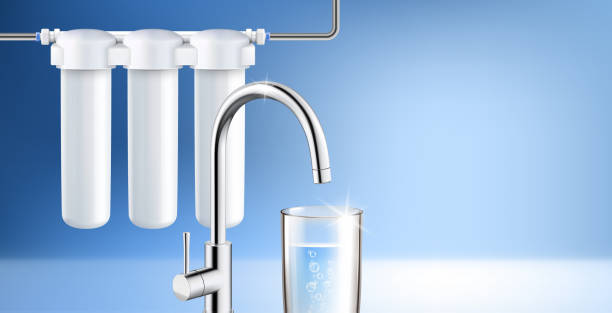
1. Water quality problems: test the original water quality whether there are large changes;
Solution: If it is because of the feed water conductivity abnormally high resulting in increased conductivity of produced water, you can adjust the feed water conductivity, in the feed water conductivity back behind the water conductivity will return to normal.
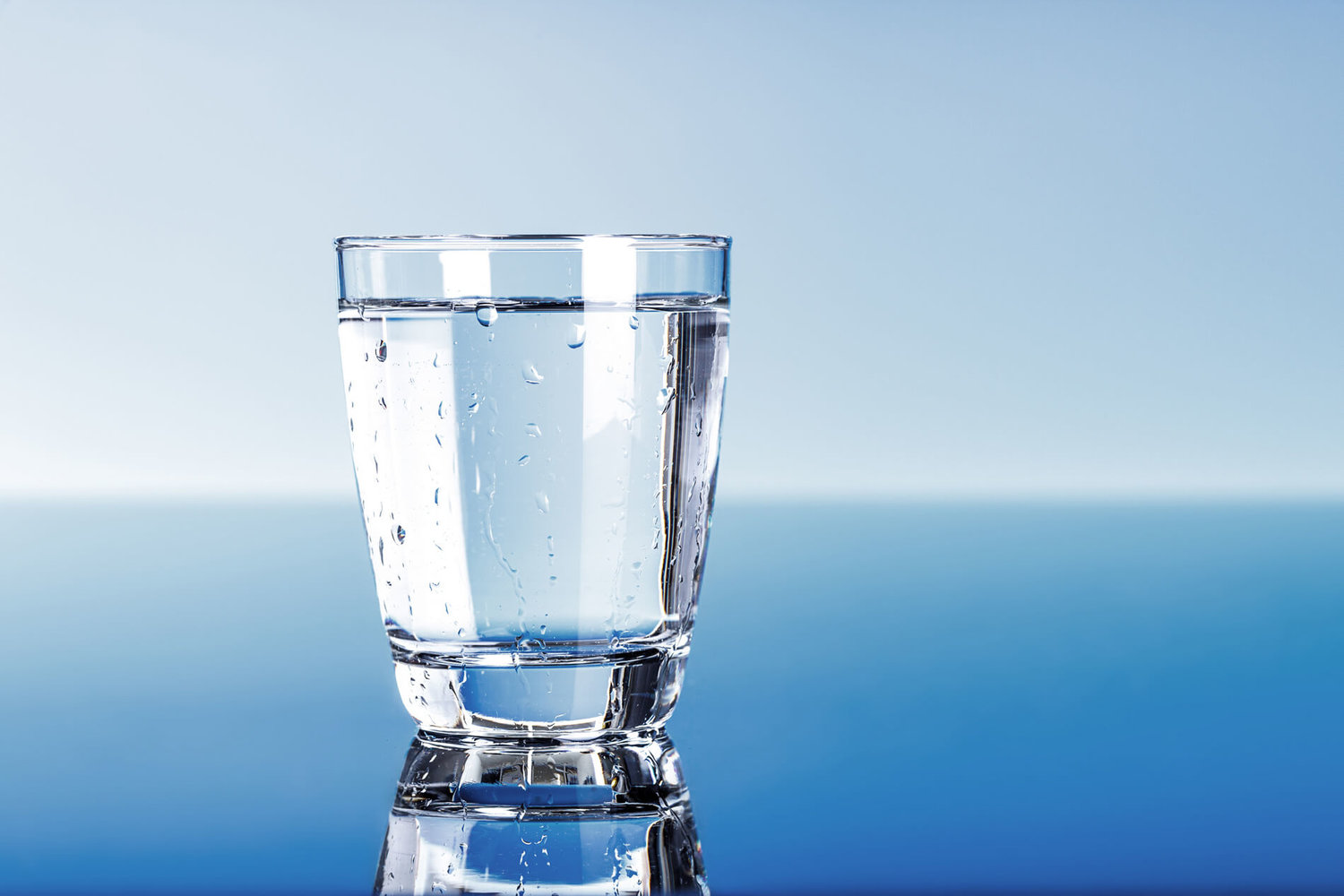
2. Conductivity meter: check whether the conductivity meter works normally;
Solution: If the meter displays incorrect values, replace it with a new conductivity meter.
3. Membrane module problem: check whether the reverse osmosis membrane module is aging or detailed by oxidizing medium.
Solution: If the desalination rate decreases due to this reason, replace the reverse osmosis membrane module;
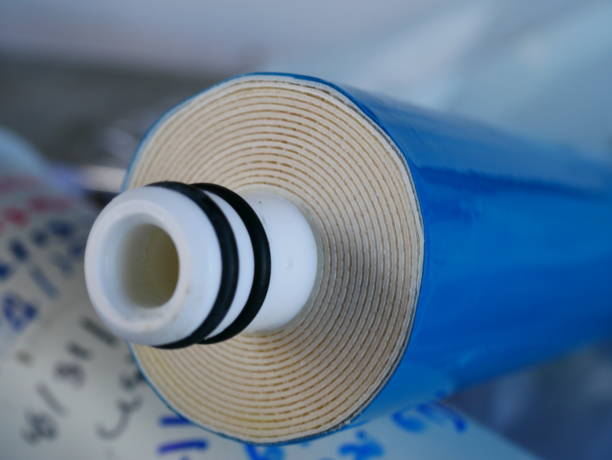
4. reverse osmosis membrane fouling: reverse osmosis membrane fouling due to pollution.
Solution: cleaning of reverse osmosis membrane, it is recommended that regular chemical cleaning according to the operating instructions.
5. Operational problems: whether there is an instantaneous shutdown or improper operation.
Solution: This situation is likely to cause reverse osmosis membrane back pressure, reverse osmosis membrane rupture, resulting in a steep rise in conductivity of the produced water after restarting. Replacement of reverse osmosis membrane
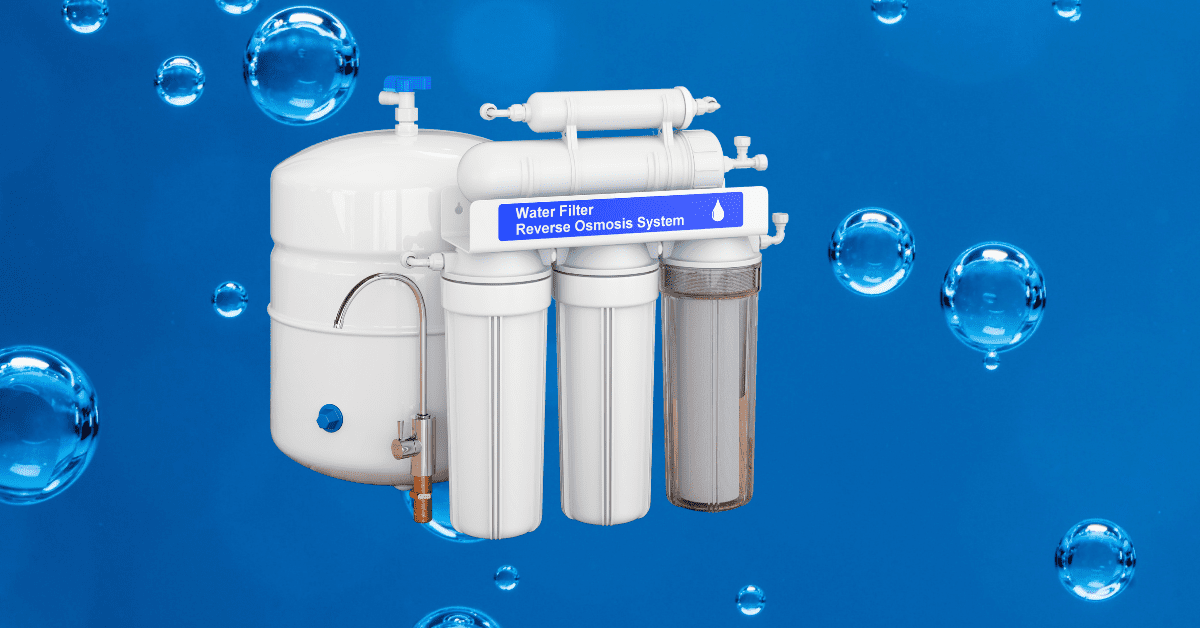
6. Seal ring problem: seal ring head rupture, reverse osmosis membrane components connected to the leakage of the seal ring caused by a sharp rise in conductivity.
Solution: It is recommended to replace the sealing ring. Specific method is to test the water quality of each membrane module, to find out the leaking part of the replacement.
7. dosing problems: equipment in the start-up of the second conductivity rise is difficult to drop or drop too long, this situation is generally common in two-stage reverse osmosis, the first and second level of the middle generally have a dosing.
In the first and second stage in the middle generally have to add sodium hydroxide to adjust the amount of carbon dioxide in the water to remove measures, sodium hydroxide added with the conductivity has a relationship, it is recommended to adjust the amount of additive.
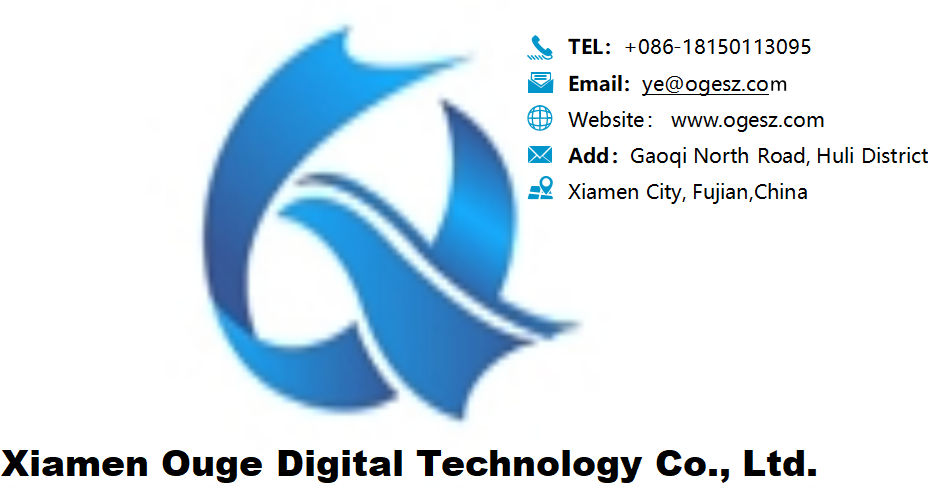





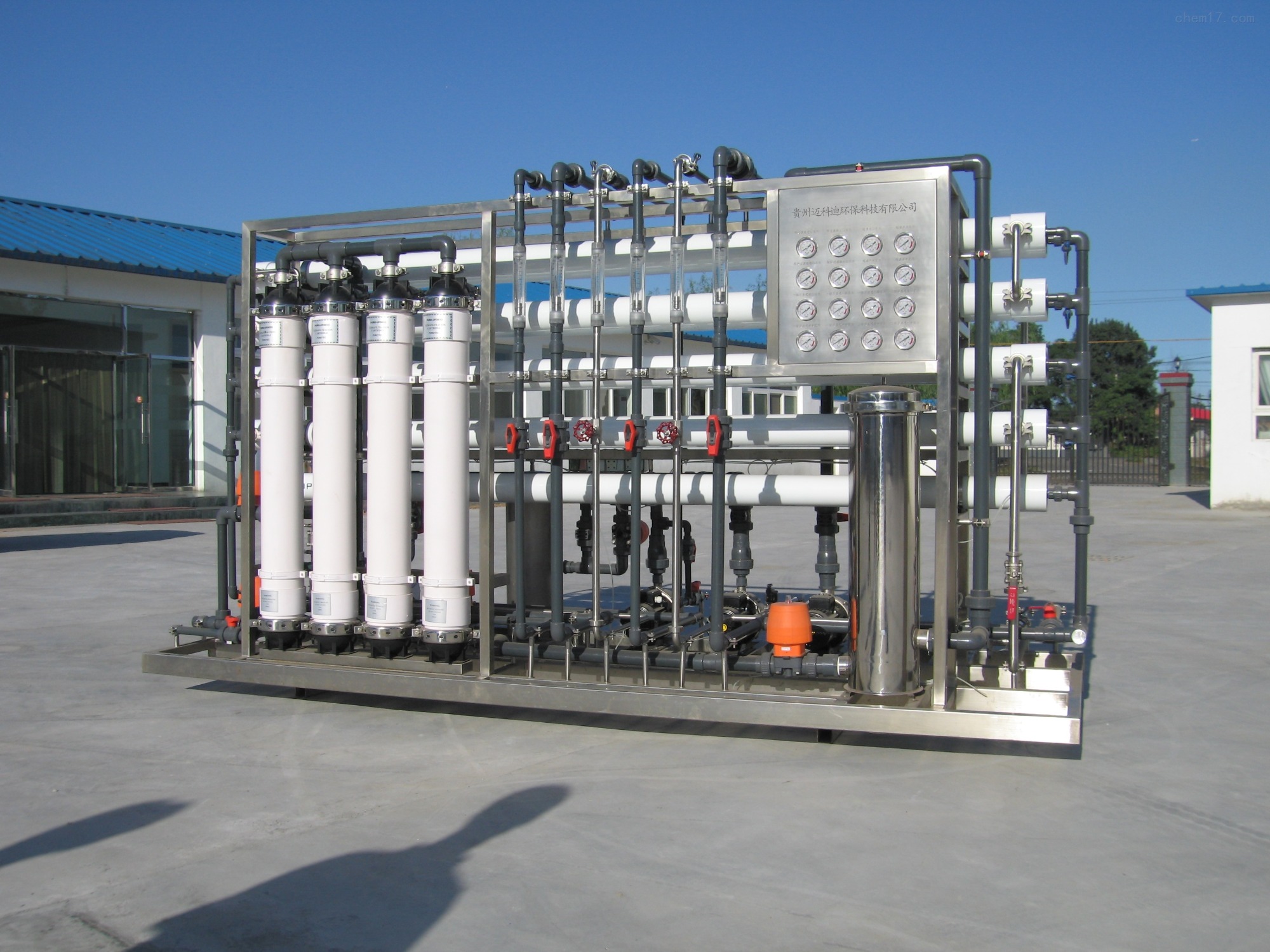 Two-Stage Reverse Osmosis: Turning Every Drop of Water into the Art of Purity
Two-Stage Reverse Osmosis: Turning Every Drop of Water into the Art of Purity
 Reverse Osmosis Technology for Wastewater Treatment: Understanding How RO Systems Operate
Reverse Osmosis Technology for Wastewater Treatment: Understanding How RO Systems Operate
 The “Magic” of Turning Seawater into Freshwater: Unveiling the Core Secrets of Reverse Osmosis Technology
The “Magic” of Turning Seawater into Freshwater: Unveiling the Core Secrets of Reverse Osmosis Technology
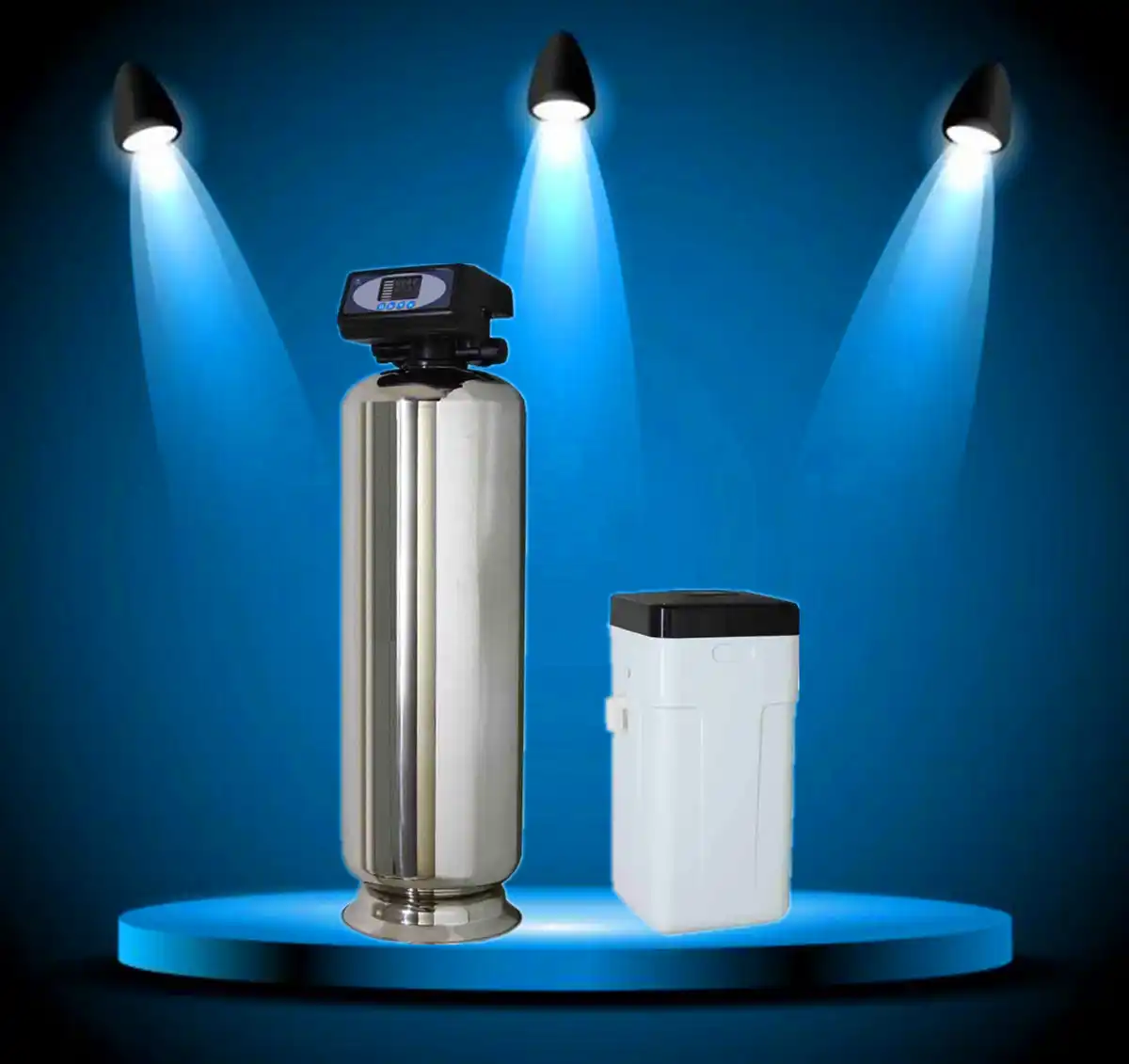 How to Choose Reliable Central Water Filtration and Water Softening Systems? Most People Get It Wrong!
How to Choose Reliable Central Water Filtration and Water Softening Systems? Most People Get It Wrong!